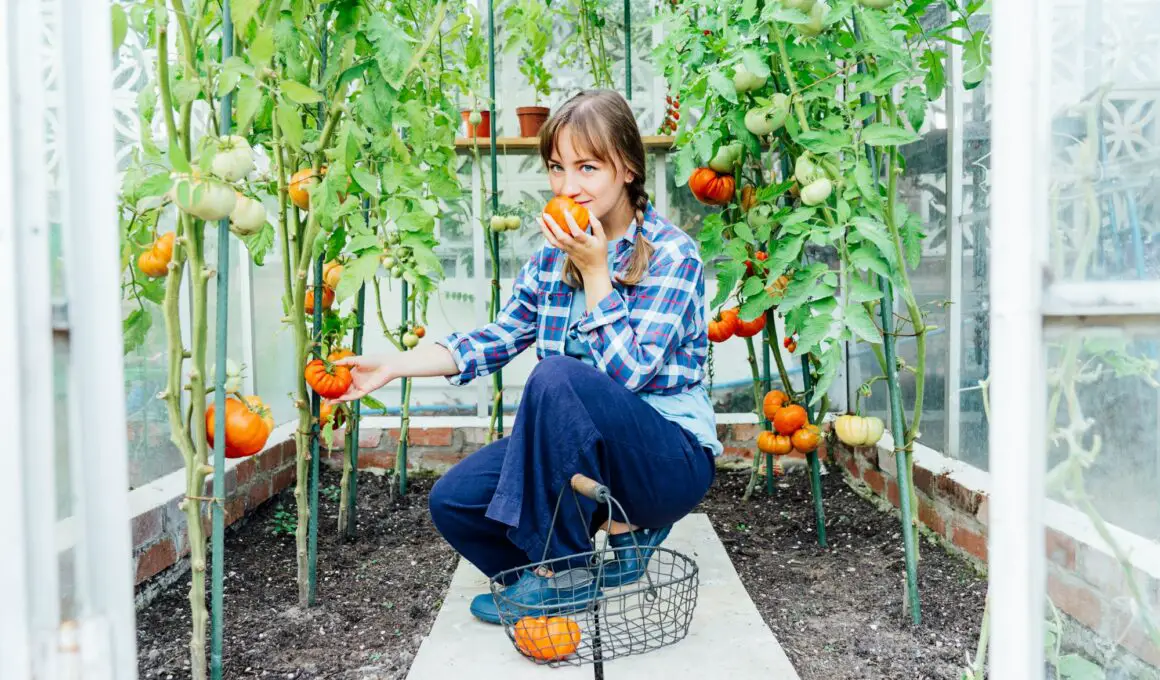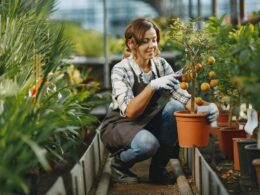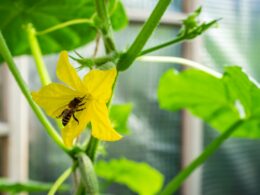In This Article Show
Today, we’re tackling a fundamental question that often sprouts up in the minds of both novice and seasoned gardeners alike: Can You Grow Tomatoes In A Greenhouse? As someone who’s spent over a decade nurturing various plants, including tomatoes, in greenhouses, I’m excited to share my insights with you.
Tomatoes hold a special place in the heart of any gardener. Not only are they incredibly versatile in the kitchen, but they also add a vibrant splash of color to our gardens. However, cultivating these juicy gems can sometimes pose challenges, especially if you’re dealing with unpredictable weather or limited outdoor space.
So, grab your gardening gloves and join me as we explore the wonderful world of greenhouse tomato cultivation. Whether you’re a beginner looking to dip your toes into greenhouse gardening or a seasoned pro seeking to enhance your tomato-growing skills, this guide has something for everyone. Let’s get started!
Can You Grow Tomatoes In A Greenhouse?
Yes, you can grow tomatoes in a greenhouse. Greenhouse cultivation provides optimal conditions for tomatoes, including temperature control, protection from pests, and extended growing seasons. With proper care and maintenance, greenhouse-grown tomatoes can thrive and produce abundant yields for your culinary delights.
Ideal Conditions for Growing Tomatoes in a Greenhouse
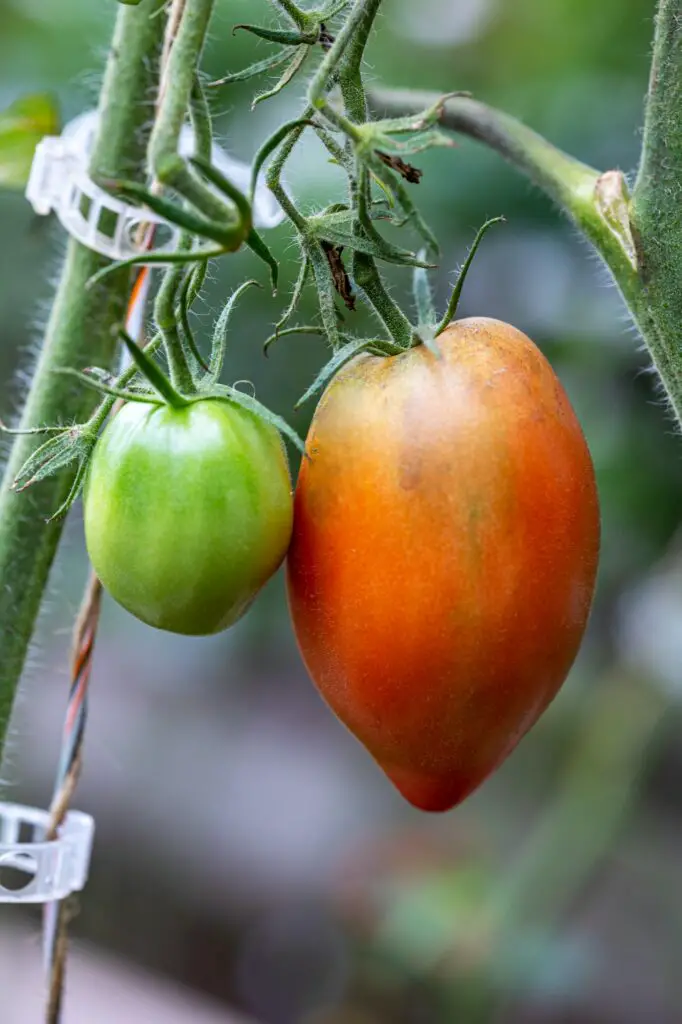
Temperature Requirements
- Tomatoes thrive in temperatures between 65°F to 85°F (18°C to 29°C) during the day and slightly cooler temperatures at night.
- Maintain consistent temperatures to avoid stress on plants, which can affect fruit production and quality.
- Use thermostats and heaters in colder climates to regulate temperatures, and employ shading or ventilation in warmer weather to prevent overheating.
Light and Ventilation Needs
- Tomatoes require ample sunlight for optimal growth and fruit development. Aim for at least 6 to 8 hours of direct sunlight daily.
- Position greenhouse structures to maximize exposure to sunlight, and utilize reflective materials to enhance light distribution.
- Adequate ventilation is crucial to prevent heat buildup, reduce humidity, and minimize the risk of diseases. Install vents, fans, or louvers to promote air circulation within the greenhouse.
Soil and Watering Considerations
- Choose a well-draining, nutrient-rich soil mix specifically formulated for greenhouse vegetable production.
- Monitor soil moisture levels regularly and water consistently to keep the soil evenly moist, but not waterlogged.
- Implement drip irrigation or soaker hoses to deliver water directly to the base of plants, minimizing water waste and reducing the risk of fungal diseases.
Fertilization and Nutrient Management
- Prioritize balanced fertilization to ensure tomatoes receive essential nutrients for healthy growth and fruit production.
- Incorporate organic matter, such as compost or aged manure, into the soil before planting to improve soil structure and fertility.
- Utilize a complete fertilizer with a balanced ratio of nitrogen, phosphorus, and potassium, supplemented with micronutrients as needed.
- Consider implementing a regular feeding schedule, such as biweekly or monthly applications of liquid fertilizer, to replenish nutrients throughout the growing season.
By maintaining optimal temperature, light, ventilation, soil moisture, and nutrient levels, you can create an ideal environment for growing robust and productive tomatoes in your greenhouse. These essential considerations will help you cultivate thriving tomato plants and enjoy a bountiful harvest year after year.
Steps to Growing Tomatoes in a Greenhouse
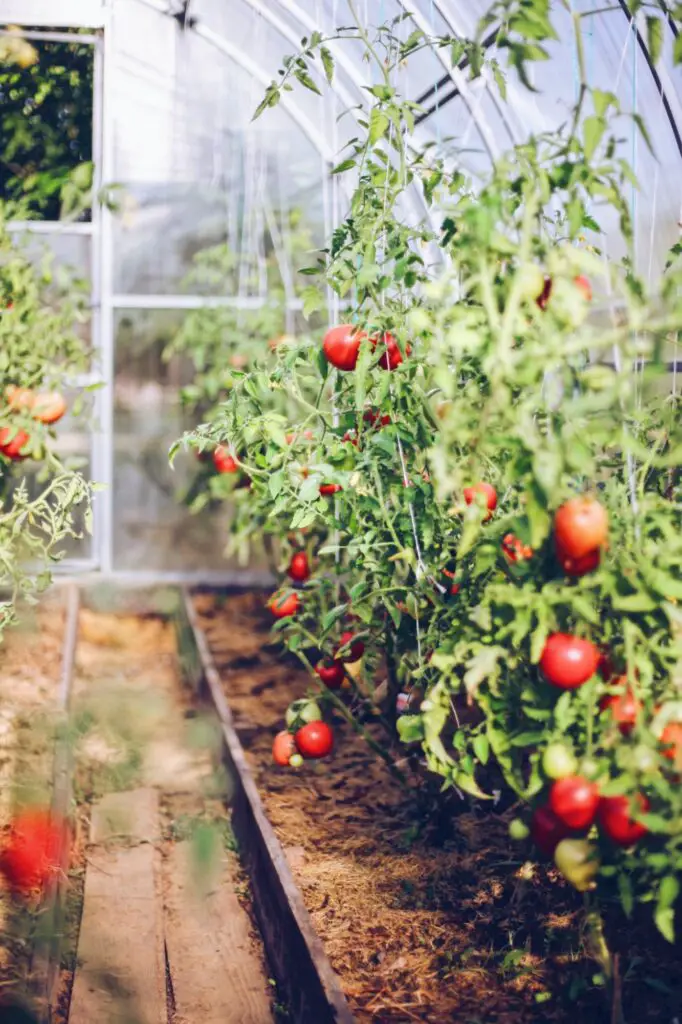
Preparing the Greenhouse Environment
- Clean and sanitize the greenhouse structure to remove any debris, weeds, or lingering pests.
- Check for proper ventilation, ensuring vents, fans, and louvers are in good working condition.
- Inspect and repair any damaged or worn-out greenhouse coverings, such as plastic film or glass panels.
- Set up the necessary infrastructure, such as shelving, trellises, or support structures, to accommodate tomato plants as they grow.
Starting Tomato Seeds or Transplants
- Determine whether to start tomatoes from seeds or purchase transplants from a reputable nursery.
- If starting from seeds, sow them in seed trays or containers filled with a sterile seed-starting mix.
- Maintain optimal temperature and humidity levels to promote germination, typically between 70°F to 80°F (21°C to 27°C).
- Transplant seedlings into larger pots or containers once they develop their first set of true leaves and are strong enough to handle.
Planting and Spacing Guidelines
- Choose a suitable location within the greenhouse that receives ample sunlight and provides sufficient space for tomato plants to spread out.
- Dig planting holes or prepare planting beds in the soil, ensuring adequate spacing between plants to allow for proper air circulation and growth.
- Plant tomato seedlings at the same depth as they were in their containers, burying the stem up to the first set of leaves.
- Space-determinate varieties are approximately 18 to 24 inches (45 to 60 centimeters) apart, while indeterminate varieties may require 24 to 36 inches (60 to 90 centimeters) between plants.
Proper Care and Maintenance Throughout the Growing Season
- Water tomato plants consistently, keeping the soil evenly moist but not waterlogged. Avoid overhead watering to prevent fungal diseases.
- Monitor soil moisture, fertility, and pH levels regularly, and adjust fertilization as needed to support healthy growth and fruit production.
- Provide support for tomato plants using stakes, cages, or trellises to prevent sprawling and ensure proper fruit development.
- Prune tomato plants regularly to remove suckers, promote airflow, and redirect energy toward fruit production.
By following these steps diligently, you can cultivate healthy and productive tomato plants in your greenhouse, ensuring a plentiful harvest of delicious, homegrown tomatoes throughout the growing season.
Get Gardening For Beginners
Our new EBOOK shows newcomers and green thumbs alike a step by step guide to growing the garden of their dreams.





